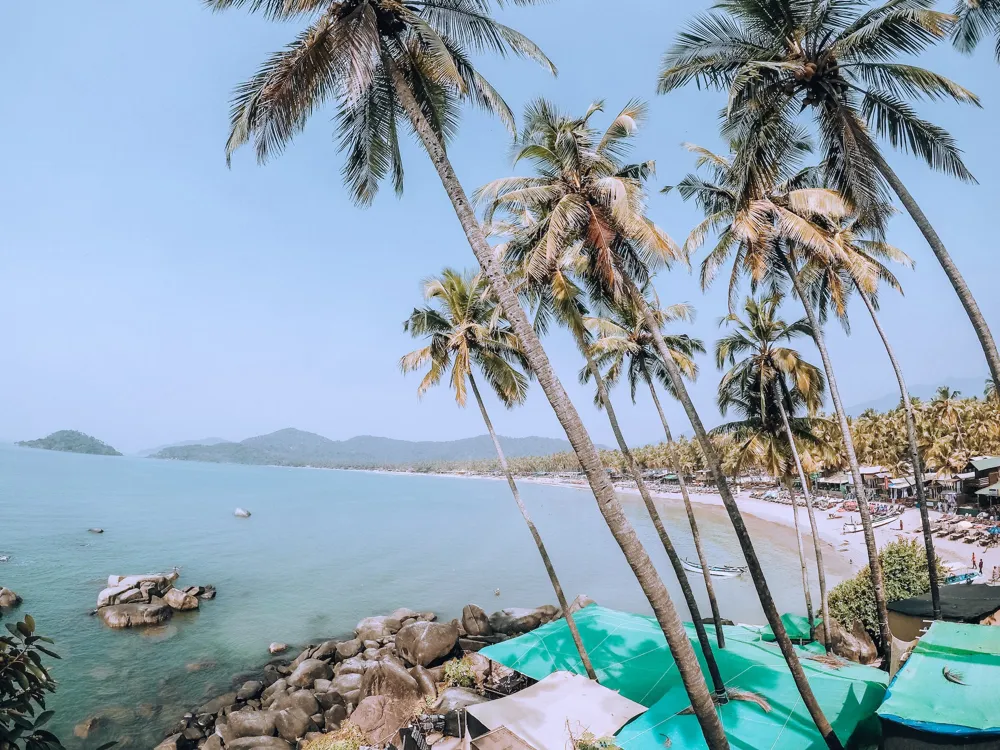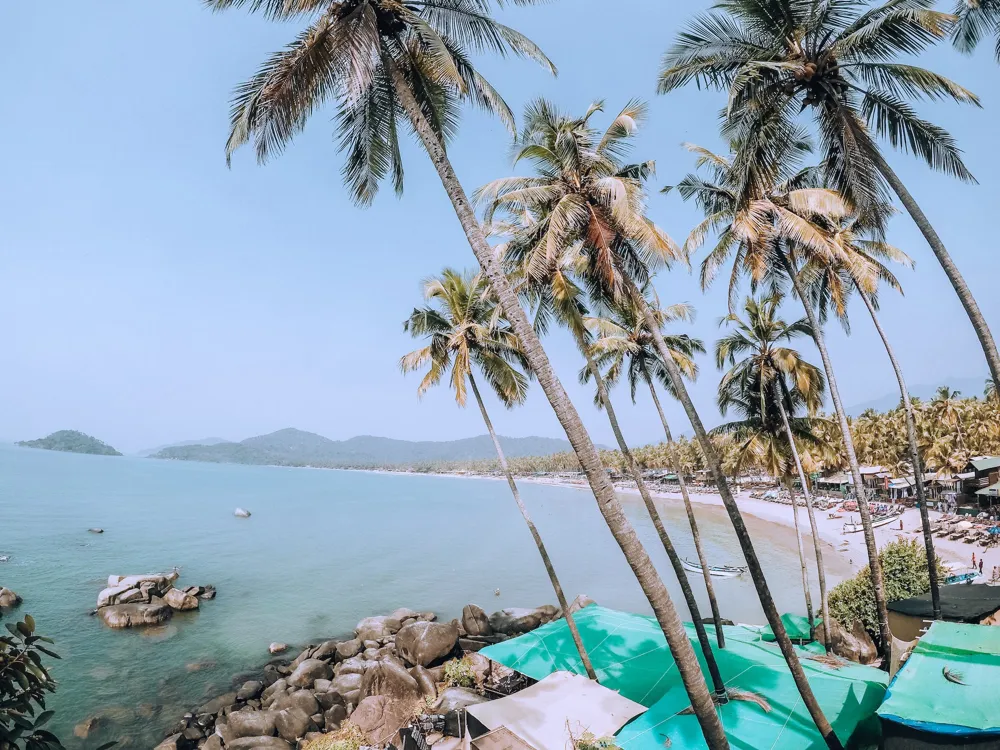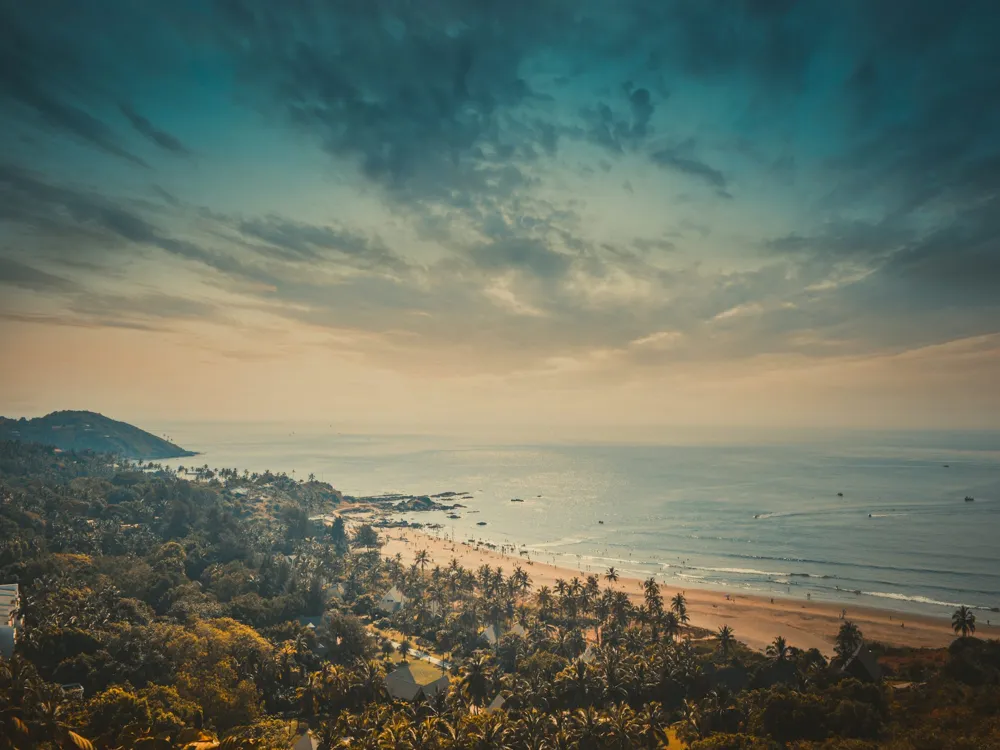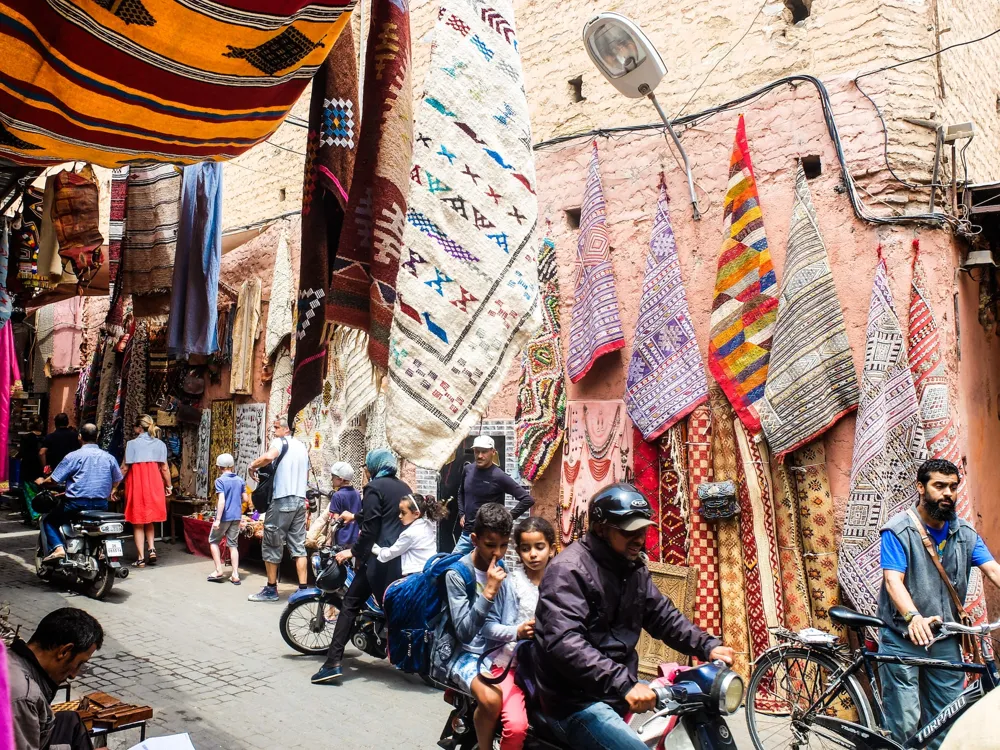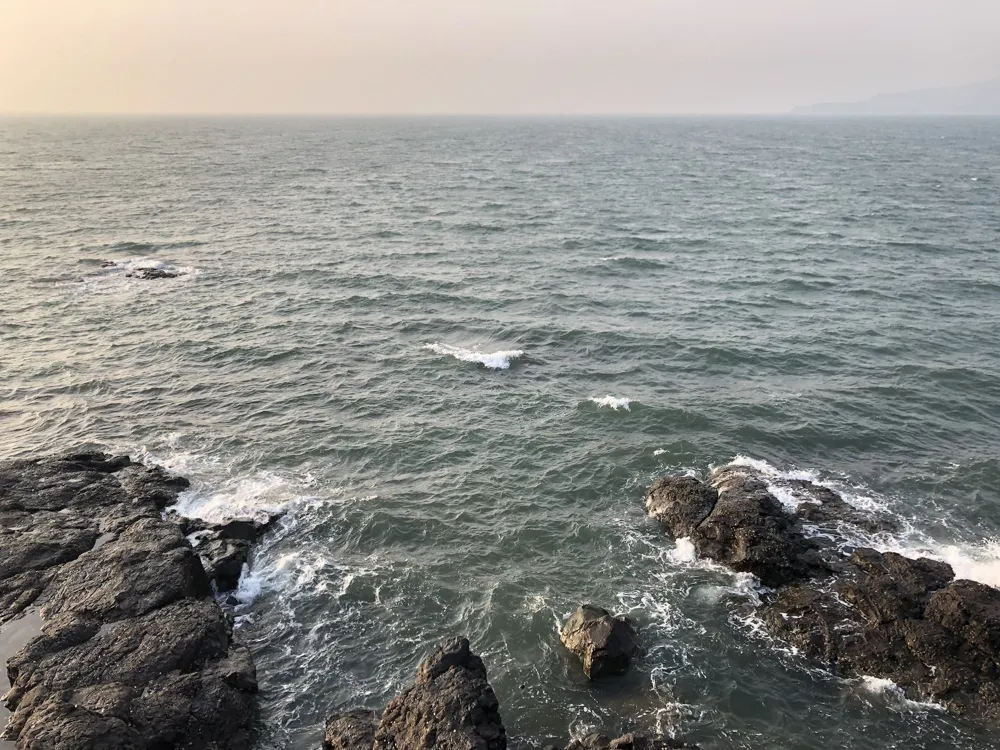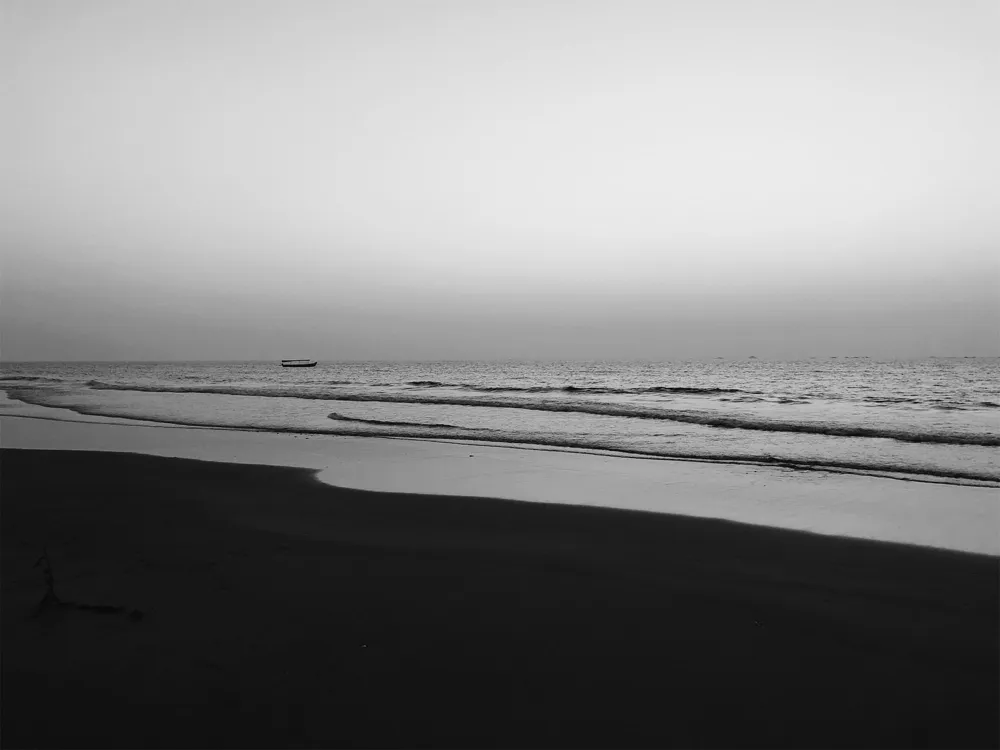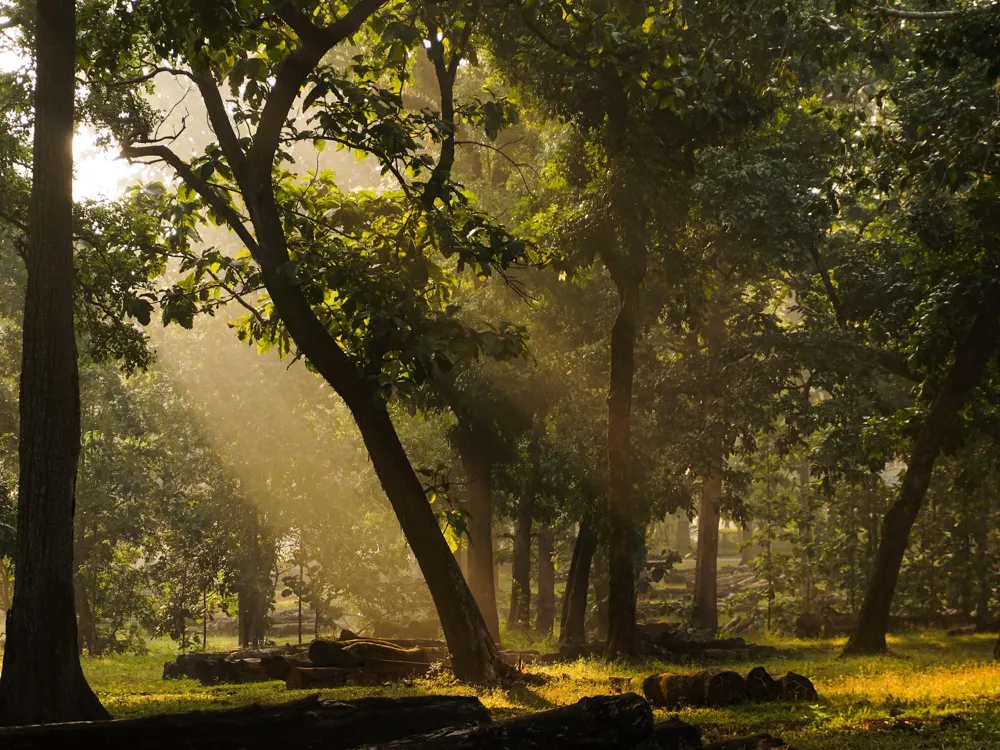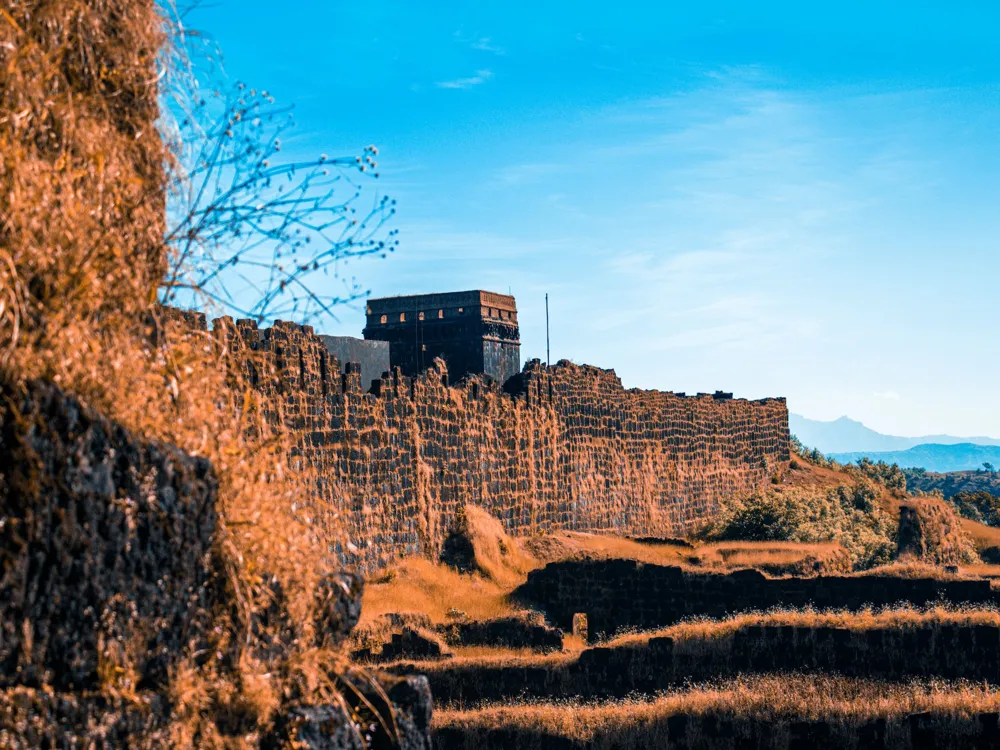Goa, a jewel in the western coast of India, is renowned for its picturesque landscapes, vibrant culture, and rich history. Among its many attractions, Chronicle stands out as a testament to Goa's multifaceted heritage. The Chronicle is not just a location but a tapestry of stories, each woven into the other, creating a rich mosaic of history and culture. This overview aims to delve deep into the essence of Chronicle, exploring its historical significance, cultural impact, and the unique experiences it offers to visitors. The roots of Chronicle in Goa trace back to ancient times, showcasing a blend of various cultures and traditions. Over the centuries, it has witnessed the rise and fall of several empires, each leaving its mark on the land. The legacy of the Portuguese rule, which lasted for about 450 years, is particularly evident in the architecture, cuisine, and lifestyle of the Goan people. Chronicle serves as a mirror reflecting the socio-cultural evolution of Goa through these periods, offering insights into the complex tapestry of human history embedded in this region. Chronicle's appeal lies not only in its historical significance but also in its natural beauty. It is nestled amidst lush greenery, with the Arabian Sea bordering one side, offering breathtaking views and a serene atmosphere. The area is dotted with ancient forts, churches, and mansions, each telling its own story of a bygone era. These historical landmarks are juxtaposed with the vibrant Goan lifestyle, marked by colorful festivals, lively music, and a warm, welcoming community. In recent times, Chronicle has emerged as a hub for cultural exchange and creative expression. Art exhibitions, music festivals, and literary events are regularly held here, attracting a global audience. This fusion of the old and the new makes Chronicle an intriguing destination for travelers seeking a blend of history, culture, and modern vibrancy. The architecture of Chronicle in Goa is a visual feast, showcasing a harmonious blend of Indian and Portuguese styles. This unique architectural style, often referred to as the Indo-Portuguese architecture, is characterized by its distinct aesthetic and functional elements. The buildings in Chronicle are not mere structures; they are narratives in stone and mortar, reflecting the socio-cultural dynamics of different eras. One of the most prominent features of this architectural style is the use of bright colors. Buildings in Chronicle often flaunt vivid hues of blue, yellow, and red, creating a lively and inviting streetscape. This penchant for color is a reflection of the Goan spirit - vibrant, energetic, and full of life. The Portuguese influence is evident in the design elements like azulejos (traditional Portuguese tiles), oyster shell windows, and intricately carved wooden balconies. These elements not only add aesthetic value but also serve practical purposes. For example, the oyster shell windows, a unique feature of Goan architecture, allow for cool sea breezes to flow through the buildings, providing natural ventilation in the tropical climate. In addition to residential buildings, Chronicle is home to several iconic churches and forts. The churches, with their imposing façades, ornate altars, and elaborate frescoes, are a testament to the religious fervor and artistic prowess of the era. The forts, on the other hand, stand as stoic reminders of the region's tumultuous history, having witnessed battles, treaties, and changes in reign. Modern architectural influences in Chronicle are also worth noting. Contemporary structures blend seamlessly with the traditional, creating an architectural landscape that is diverse yet cohesive. This blend of the old and the new is what makes Chronicle's architecture not just historically significant but also relevant in the present day. The ideal time to visit Chronicle is from November to February. During these months, the weather is pleasant, with cooler temperatures and lower humidity, making it perfect for exploring the outdoors. Renting a bike or scooter is the most convenient way to navigate Chronicle. Public transport like buses and taxis are also available, but for a more immersive experience, two-wheelers offer the freedom to explore at your own pace. Goans are known for their warm hospitality. When interacting with locals, a polite and respectful demeanor is appreciated. It's important to dress modestly, especially when visiting religious sites. Goan cuisine is a must-try, with its blend of Indian and Portuguese flavors. Seafood is a specialty, and no visit to Chronicle is complete without trying the famous Goan fish curry. Chronicle offers a range of accommodation options, from luxury resorts to budget-friendly guesthouses. Booking in advance is recommended, especially during the peak tourist season. Chronicle is well-connected and easily accessible. The nearest airport is the Goa International Airport, from where you can hire a taxi or take a bus to Chronicle. If you prefer traveling by train, the nearest railway station is Madgaon, which is well connected to major cities in India. For those who enjoy road trips, driving to Chronicle can be a delightful experience, as the route is scenic and well-maintained.Overview of Chronicle, Goa
Architecture of Chronicle, Goa
Tips When Visiting Chronicle, Goa
Best Time to Visit
Local Transportation
Cultural Etiquette
Food and Cuisine
Accommodation Options
How To Reach Chronicle, Goa
Chronicle
Goa
NaN onwards
View goa Packages
Weather :
Tags : Food & Drink
Time Required : 1 - 2 hrs
Planning a Trip? Ask Your Question
Goa Travel Packages
View All Packages For Goa
Top Hotel Collections for Goa

Private Pool

Luxury Hotels

5-Star Hotels

Pet Friendly
Top Hotels Near Goa
Other Top Ranking Places In Goa
View All Places To Visit In goa
View goa Packages
Weather :
Tags : Food & Drink
Time Required : 1 - 2 hrs
Planning a Trip? Ask Your Question
Goa Travel Packages
View All Packages For Goa
Top Hotel Collections for Goa

Private Pool

Luxury Hotels

5-Star Hotels

Pet Friendly









